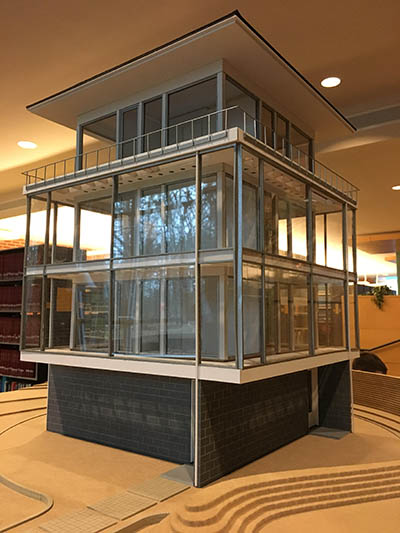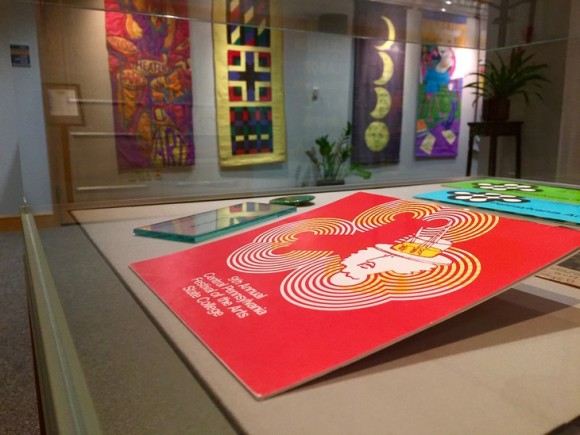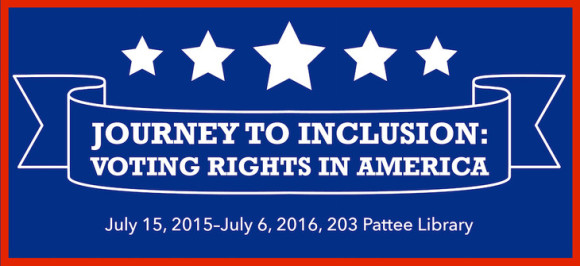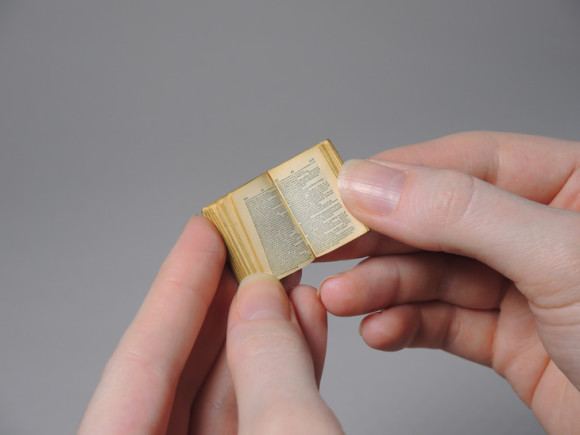From its 1973 inception with 78 dancers dedicated to raising money for a worthwhile cause, the Penn State IFC/Panhellenic Dance Marathon (THON) has grown into the largest student-run philanthropy in the world. This year, when the 46-hour, no-sitting, no-sleeping dance marathon is held Feb. 17-19, the University Libraries will be participating with three events, in addition to serving in its role as the official archives of THON.
The University Libraries events for THON weekend are:
THON Museum and THON History Tour
6 p.m. Friday, Feb. 17, through 4 p.m. Sunday, Feb. 19 | Bryce Jordan Center concourse
The University Libraries five-panel display, titled “THON Then and Now,” will be in the THON Museum throughout THON Weekend on the Jordan Center concourse.
Final Four-Hour Viewing
noon to 4 p.m. Sunday, Feb. 19 | Foster Auditorium, 102 Paterno Library, University Park
The final four hours of the THON event will be live streamed on the big screen for students from all Penn State campuses, parents, community members, visitors, and everyone who wants to watch and celebrate with Penn Staters as the final fundraising total is revealed.
THON Exhibit
noon to 4:30 p.m. Sunday, Feb. 19 | Mann Assembly Room, 103 Paterno Library, University Park
In conjunction with the live viewing of THON, the Mann Assembly Room will be transformed into an exhibit space featuring THON images, artifacts, and video from the past 40 years.
Visit thon.org for more information about the event. To donate to THON, visit donate.thon.org.
















